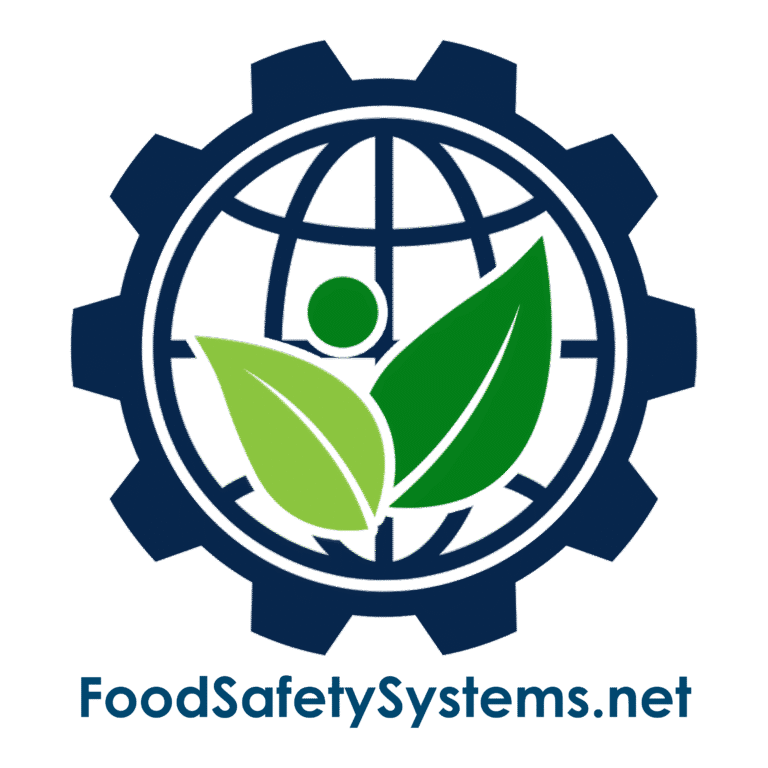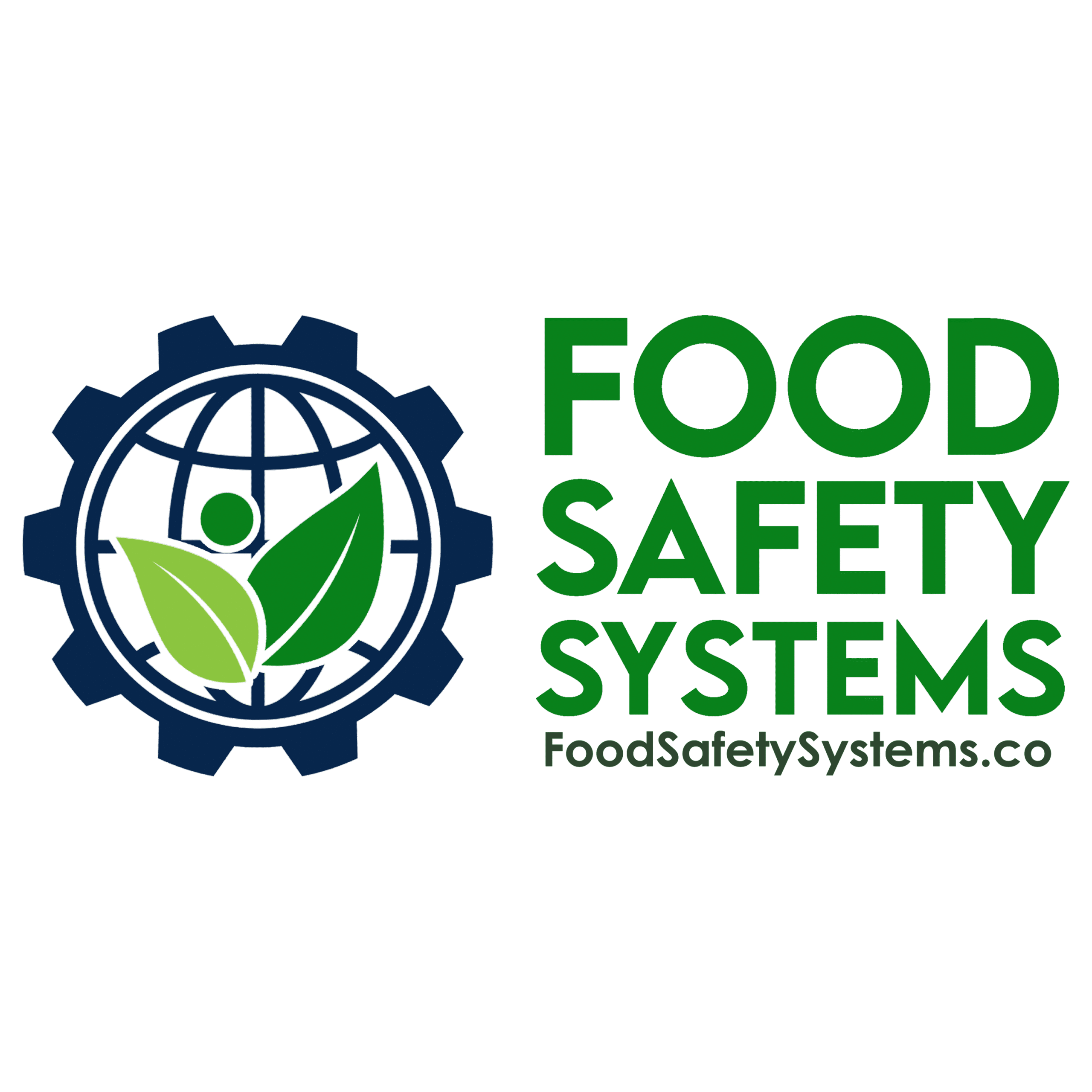Environmental Monitoring Add-On

Aligned with FSSC 22000 – Prerequisite Program (PRP) Requirements
Requirement Overview
The Environmental Monitoring Add-On is a program designed to verify the effectiveness of cleaning and sanitation practices through routine microbial testing of food-contact and non-food-contact surfaces within the production environment.
Within FSSC 22000, environmental monitoring supports the maintenance and verification of prerequisite programs (PRPs) and operational controls. It is especially critical in high-risk and high-care facilities where pathogen control, cross-contamination prevention, and hygiene verification are essential to ensure product safety and certification readiness.
Aligned with BRCGS for Storage & Distribution Issue 4 – Clause 4.3.1 & 4.3.3
Requirement Overview
BRCGS for Storage & Distribution requires that products moved via cross-docking are traceable and controlled at all times, even when they are not held in storage for extended periods.
Clause 4.3.1: “The company shall ensure that traceability is maintained at all stages, including during cross-docking operations.”
Clause 4.3.3: “Procedures shall be in place to ensure that all products handled, including those not stored on-site, remain under control and are not subject to contamination or substitution.”
Cross-docking operations must not compromise product traceability, safety, or integrity. Even with minimal handling and temporary presence, each product must be accurately identified, documented, and protected.

Key Compliance Objectives
-
✓ Verify sanitation and hygiene effectiveness through microbial testing
✓ Identify and trend environmental contamination risks
✓ Validate and improve cleaning schedules and sanitation protocols
✓ Provide documented evidence of proactive risk management to auditors and stakeholders
Step-by-Step Compliance Implementation
1. Develop a Formal Environmental Monitoring Program
-
Key Elements to Include:
-
• Risk-based identification of sampling sites (e.g., food-contact and non-food-contact zones)
• Target organisms of concern (e.g., Listeria spp., Salmonella, Enterobacteriaceae)
• Defined sampling frequency and timing based on risk assessment
• Validated sampling, testing, and analytical methods
Evidence to Maintain:
-
• Documented EMP and plant map with sampling zones identified
• List of microorganisms monitored with acceptance criteria
• Procedures describing sampling and analysis
- • Risk-based identification of sampling sites (e.g., food-contact and non-food-contact zones) • Target organisms of concern (e.g., Listeria spp., Salmonella, Enterobacteriaceae) • Defined sampling frequency and timing based on risk assessment • Validated sampling, testing, and analytical methods
- • Documented EMP and plant map with sampling zones identified • List of microorganisms monitored with acceptance criteria • Procedures describing sampling and analysis
2. Conduct Routine Environmental Sampling
-
Sampling Activities:
-
• Perform swabbing after sanitation but prior to production start
• Rotate “hot spots” and hard-to-clean areas for coverage
• Sample across food-contact surfaces, drains, floors, and air
Evidence to Maintain:
-
• Sampling logs and chain-of-custody forms
• Laboratory test reports and data records
• Records of deviations and corrective action triggers
- • Perform swabbing after sanitation but prior to production start • Rotate “hot spots” and hard-to-clean areas for coverage • Sample across food-contact surfaces, drains, floors, and air
- • Sampling logs and chain-of-custody forms • Laboratory test reports and data records • Records of deviations and corrective action triggers
3. Analyze Results and Trend Data
-
Trend Analysis Should Address:
-
• Detection of pathogens or indicator organisms in specific zones
• Recurrence of contamination patterns over time
• Verification of sanitation efficacy
Evidence to Maintain:
-
• Trend reports (tables, graphs, or heat maps)
• Corrective and preventive action (CAPA) logs
• Historical data demonstrating continuous improvement
- • Detection of pathogens or indicator organisms in specific zones • Recurrence of contamination patterns over time • Verification of sanitation efficacy
- • Trend reports (tables, graphs, or heat maps) • Corrective and preventive action (CAPA) logs • Historical data demonstrating continuous improvement
4. Take Corrective Action and Verify Effectiveness
-
When Contamination is Detected:
-
• Conduct immediate cleaning and resampling
• Perform root cause investigation (e.g., equipment design flaws, personnel practices)
• Update sanitation procedures or increase cleaning frequency as needed
Evidence to Maintain:
-
• Corrective action reports with verification results
• Post-cleaning lab test results
• Revised sanitation SOPs and staff training documentation
- • Conduct immediate cleaning and resampling • Perform root cause investigation (e.g., equipment design flaws, personnel practices) • Update sanitation procedures or increase cleaning frequency as needed
- • Corrective action reports with verification results • Post-cleaning lab test results • Revised sanitation SOPs and staff training documentation
5. Review Program Effectiveness Regularly
-
Review Includes:
-
• Internal audits of the EMP and sanitation program
• Management review of monitoring trends and findings
• Adjustments based on production changes, incidents, or audit outcomes
Evidence to Maintain:
-
• Internal audit reports and management review minutes
• Updated EMP documents with revision control
• Continuous improvement records
- • Internal audits of the EMP and sanitation program • Management review of monitoring trends and findings • Adjustments based on production changes, incidents, or audit outcomes
- • Internal audit reports and management review minutes • Updated EMP documents with revision control • Continuous improvement records
Common Audit Findings & Recommended Fixes
| Audit Finding | Recommended Action |
|---|---|
| No defined monitoring zones | Implement zone-based risk mapping of sampling areas |
| Inconsistent or missing test data | Establish routine sampling schedule and documentation |
| No trend analysis or CAPAs | Create trend charts and link results to CAPA processes |
| No escalation protocol on positives | Define and document escalation and verification steps |
Auditor Verification Checklist
Auditors under FSSC 22000 will expect:
-
• A risk-based, documented Environmental Monitoring Program (EMP)
• Sampling logs, laboratory results, and data trending records
• Documented CAPAs for deviations or positives
• Evidence of program review during management review or internal audits
Implementation Roadmap
Build Your Program
-
✓ Define risk-based sampling zones and target organisms
✓ Establish frequency and acceptance limits
Train and Sample
-
✓ Train staff on aseptic sampling and documentation requirements
✓ Execute routine environmental sampling and maintain robust records
Analyze and Respond
-
✓ Review and trend laboratory results
✓ Act promptly on deviations with corrective and preventive measures
Review and Improve
-
✓ Conduct annual program audits and management reviews
✓ Update procedures based on risk assessments and audit findings
Why This Matters?
-
✓ Detects contamination risks before they affect product quality or trigger recalls
✓ Strengthens your sanitation and PRP framework for FSSC 22000 compliance
✓ Enhances auditor confidence and certification readiness
✓ Promotes a culture of proactive food safety and hygiene management
Support Tools Available
Food Safety Systems provides:
-
✓ Environmental monitoring program templates aligned with FSSC 22000
✓ Risk-based zone mapping tools
✓ Sampling log sheets and trending analysis templates
✓ Staff training modules and sanitation verification SOPs
Privacy Policy | Terms of Service
Powered by interlinkIQ.com, Developed by ITBlaster.net, Owned and Operated by Consultare Inc. Group, A Compliance Company. All Rights Reserved.







